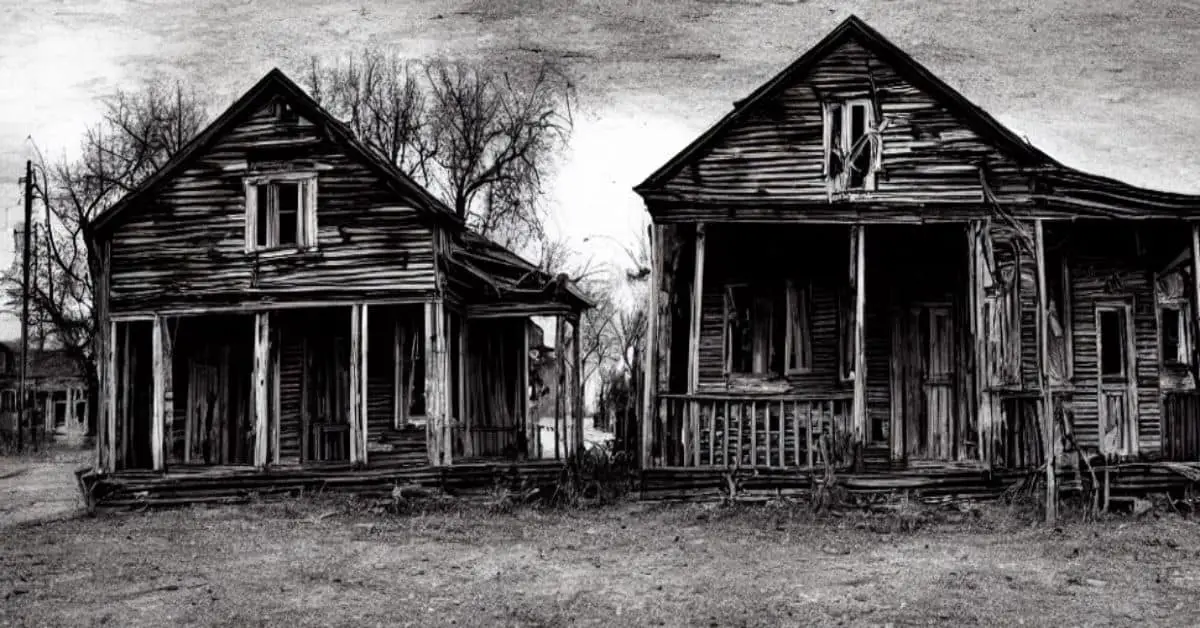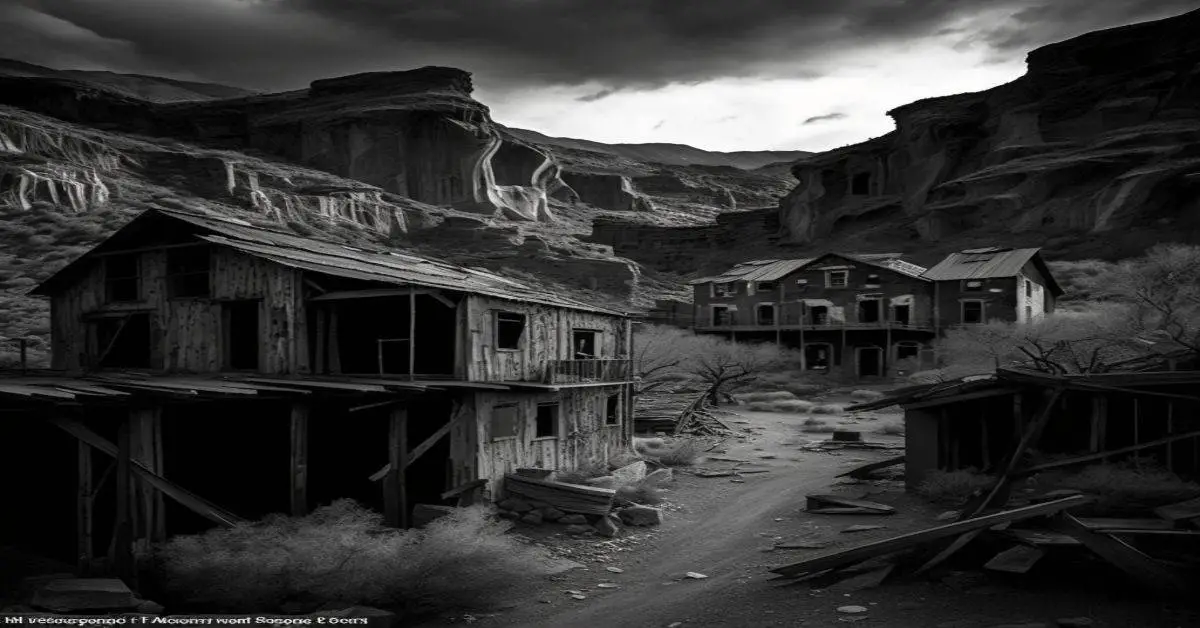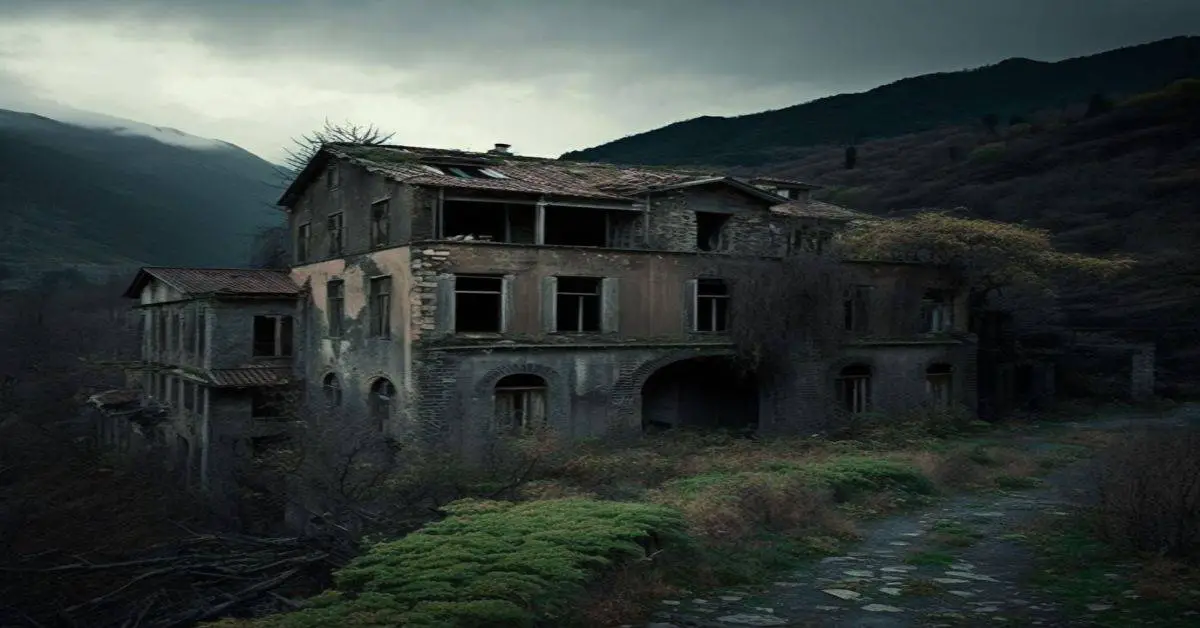Eagle Mountain California Ghost Town: A Modern Relic
Eagle Mountain, California Ghost Town is a fascinating relic of a bygone era. Located in the heart of the California desert, this modern ghost town is a testament to the boom and bust cycle of the mining industry.
Founded in 1948 by industrialist Henry J. Kaiser, Eagle Mountain was once a bustling community home to the largest iron mine in Southern California. Today, it lies abandoned, a haunting reminder of the town’s vibrant past and the ever-changing landscape of industry in America.
The Birth of Eagle Mountain
In the late 1940s, Henry J. Kaiser, the owner of Kaiser Steel Corporation, saw potential in the remote area of Eagle Mountain. He purchased the land from the Southern Pacific Railroad and began mining iron ore for his steel mill in Fontana, California.
The town of Eagle Mountain was established to house the growing workforce needed for the mining operation. At its peak, the town had a population of 4,000 people, with over 400 single-family homes, trailer parks, dormitories, and boarding houses for the miners.
A Thriving Community
Eagle Mountain, California Ghost Town was not just a workplace but a thriving community where residents enjoyed a wide range of amenities. The town boasted an auditorium, park, shopping center, community swimming pool, bowling alley, two gas stations, eight churches, and three schools.
Recreational facilities included lighted tennis courts and baseball fields, ensuring that the residents of Eagle Mountain had plenty to keep them entertained.
The Decline of Eagle Mountain
Despite its initial success, the fortunes of Eagle Mountain began to wane in the 1970s. Environmental concerns and foreign competition led to a decline in iron production, and the town’s population began to dwindle as workers lost their jobs.
1980 the population had dropped significantly, and the mine was temporarily shut down. It reopened in 1981, but with only 750 workers returning to the town, Eagle Mountain’s glory days were over.
Closure and Desertion
By 1983, Eagle Mountain’s grocery store, post office, mine, and mill had all closed, and the town’s last high school class graduated. With no other industry to support the town, the former residents of Eagle Mountain were forced to abandon their homes and move elsewhere in search of work.
The once-vibrant community was now a ghost town.
Temporary Revival: The Prison Era
In 1986, Eagle Mountain saw a brief resurgence when a private prison for low-risk inmates was proposed. The California Department of Corrections saw potential in the remote location, and by 1988, the former shopping center had been converted into the Eagle Mountain Community Correctional Facility.
For the next 15 years, the prison provided a source of income for the remaining residents of Eagle Mountain. However, budgetary cuts in 2003 led to the prison’s closure, and once again, the town fell silent.
Failed Attempts at Revitalization
Over the years, several attempts have been made to bring new industry to Eagle Mountain and breathe life back into the ghost town. In 1988, plans were proposed to turn the open-pit mine into a high-tech sanitary landfill, but environmental lawsuits stalled the project.
In 1999, the project was finally abandoned, leaving Eagle Mountain without a source of income.
In 2000, the Los Angeles Sanitation District considered purchasing the landfill project to replace the nearly full Puente Hills Landfill. However, ongoing lawsuits and decreased demand for new landfills due to increased recycling efforts led the LASD to abandon the idea in 2013.
More recently, in 2015, Eagle Crest Energy Company purchased the land with plans to build a 1300 MW hydroelectric plant in the former mine.
Despite support from various parties for bringing renewable energy to California, the project has faced criticism from environmentalists concerned about the potential impact on plant and animal life in and around Joshua Tree National Park.
A Modern-Day Ghost Town
Today, Eagle Mountain, California Ghost Town remains a haunting reminder of the town’s once-thriving past. With hundreds of homes still standing, albeit vacant and crumbling, the town is a poignant testament to the ever-changing landscape of industry and economy.
The streets are silent, the once-bustling shopping center now a deserted shell, and the hopes of revitalization hanging in the balance as various proposals continue to face obstacles.
Eagle Mountain is a stark example of the shifting industry tides in America. The town’s rapid rise and decline serve as a cautionary tale for other communities reliant on a single source of income. The future of Eagle Mountain and other ghost towns remains uncertain as the world moves towards renewable energy and environmentally friendly solutions.
Exploring Eagle Mountain California Ghost Town
Although Eagle Mountain is fenced off and not accessible to the general public, its eerie remains continue to intrigue and captivate those interested in the history of ghost towns. The town’s remote location in the California desert and its unique status as a modern ghost town make it a fascinating destination for urban explorers and history enthusiasts alike.
If you’re interested in learning more about Eagle Mountain California Ghost Town and other abandoned towns in California or the United States, plenty of resources are available online.
Exploring these ghost towns can give you a unique glimpse into the past and a greater appreciation for the ever-changing nature of industry and community in America.




